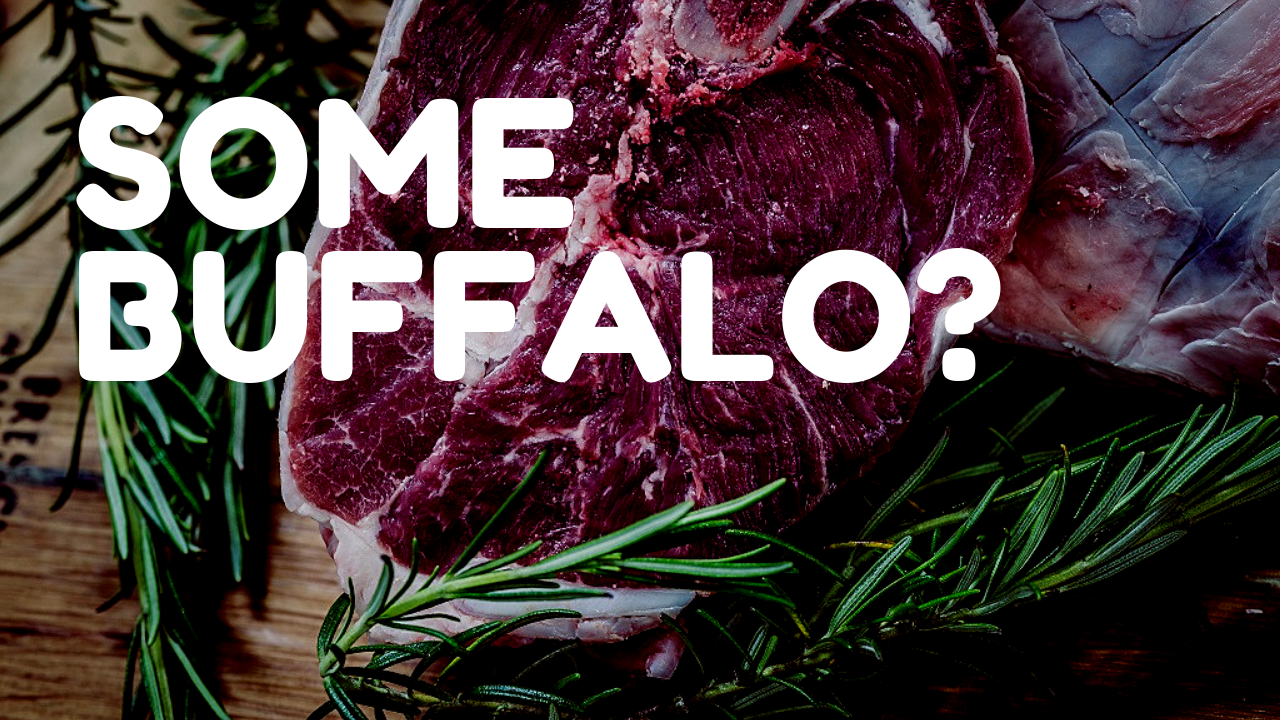Among the Luhya, it was relatively common to use buffalo hide to make traditional Luhya shields and sleeping mats. However, feasting on buffalo meat required luck. For you had to chance upon it. Meet the king of meats according to a Bukusu proverb and Luhya food taboos.
It has always been a Luhya thing to share food. Actually, no coming together of the people of Mulembe is complete without food. Be it a funeral, naming of a child, circumcision or wedding. Simply, food is part of the spirit of Mulembe. How is it then that one couldn’t invite the kin and kith to share in the feast of buffalo meat after felling emboko?
First, one has to appreciate that meat (poultry or animal protein) has immense cultural value among the Luhya. For example, an animal (usually a ram) would be slaughtered and its meat shared among participants in cleansing rituals or ceremonial events.
Secondly, you might have come across our discussion on silukhi. Silukhi is the fine paid by a man caught nga embichi musipwoni, with someone’s wife. Finally, you may have imbibed the hilarious hide and seek meat games we talked of when discussing meat and Luhya myths on infidelity. That said, as cast on stone as these Luhya traditions might sound, with buffalo meat, it goes even “further”.
Traditions on buffalo meat in Luhya culture
The Bukusu saying “enyama yo mundu eli nga yemboko, okinyolela khusibumba” speaks precisely of the extra cultural hoops that one has to jump over when handling buffalo meat. By equating buffalo meat to that of a human, it makes buffalo meat sacred. Traditionally the hide from buffaloes was the material used to make shields used in warfare. In addition, the hide was also used to make sleeping mats.
From these fairly common uses of buffalo hide, we come to appreciate that the herbivore must have been a fairly commonly hunted animal. However, going by the Bukusu proverb, the hunting must have been unusual. Luhya folklore has it that buffaloes that were hunted down were those that were not at full strength either from disease or age. Further, unlike hunting other animals where the whole community was involved in feasting on the prey, for the buffalo it was on ‘as is basis’.
This is to say that one only had an opportunity of feasting on buffalo meat if they chanced upon it. Further, when being served with buffalo meat, your host wouldn’t volunteer information. They would be mum on what they were serving. Therefore, it was up to the visitor to inquire. On inquiry, the host would go on to explain, almost apologetically, the circumstances upon which buffalo meat was on the menu.
Emboko!
More importantly though, buffalo was served in sibumba, a special dish made from clay. Sibumba (Lubukusu) was reserved for serving delicacies, in particular, enyama esike (smoked meat, Lubukusu). More importantly, sibumba was for serving food reserved specifically for the family patriarch. This could range from the testicles of a bull to emondo.
Why bapaapa chose to handle buffalo meat in this revered manner is one for legend. Maybe it has something to do with the respect the animal attracted among the Luhya. Just in case you didn’t know, a powerful respected, revered man – a complete man – among the Luhya is often called or saluted as emboko! One doesn’t go feasting on royalty, or do you?

